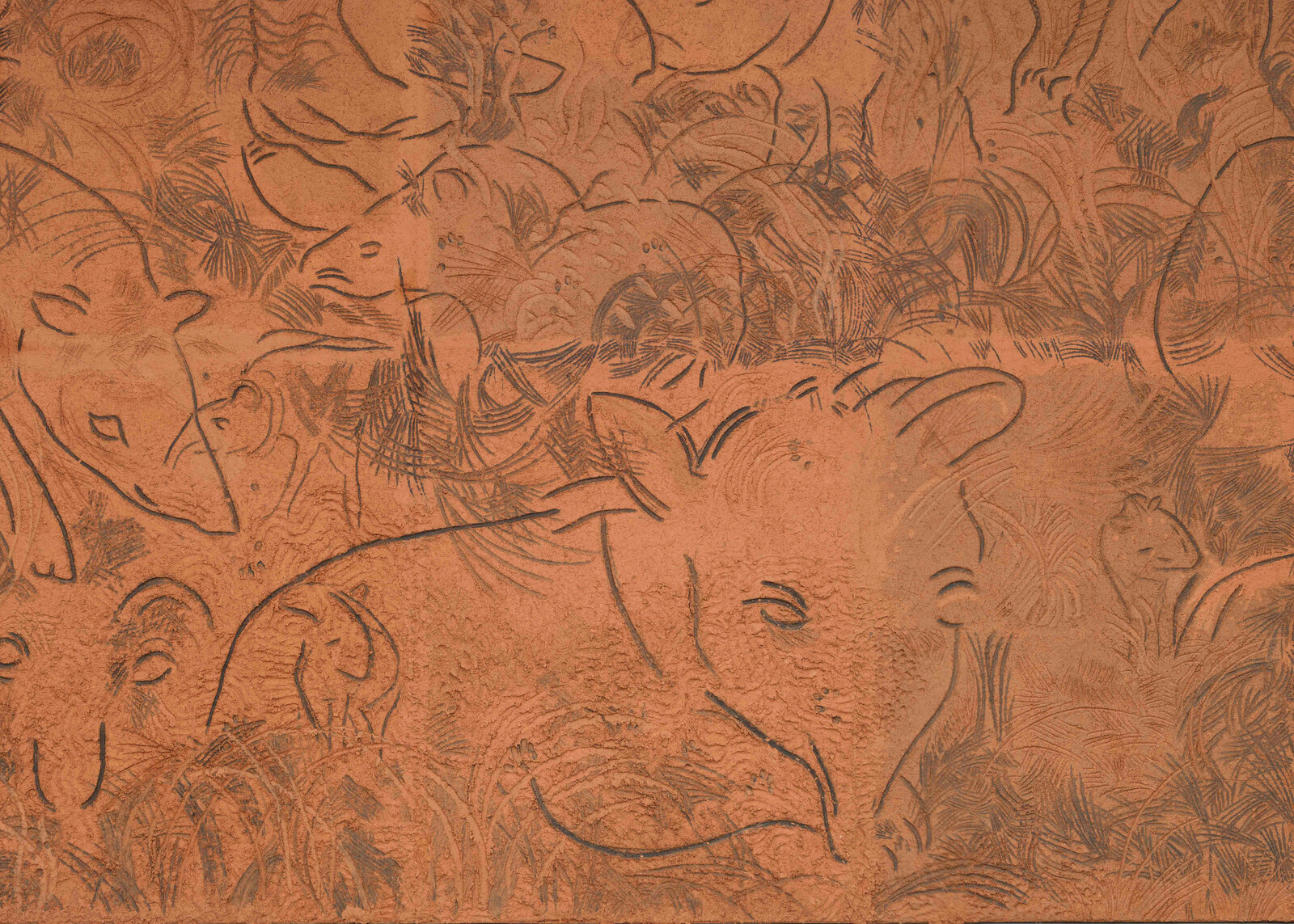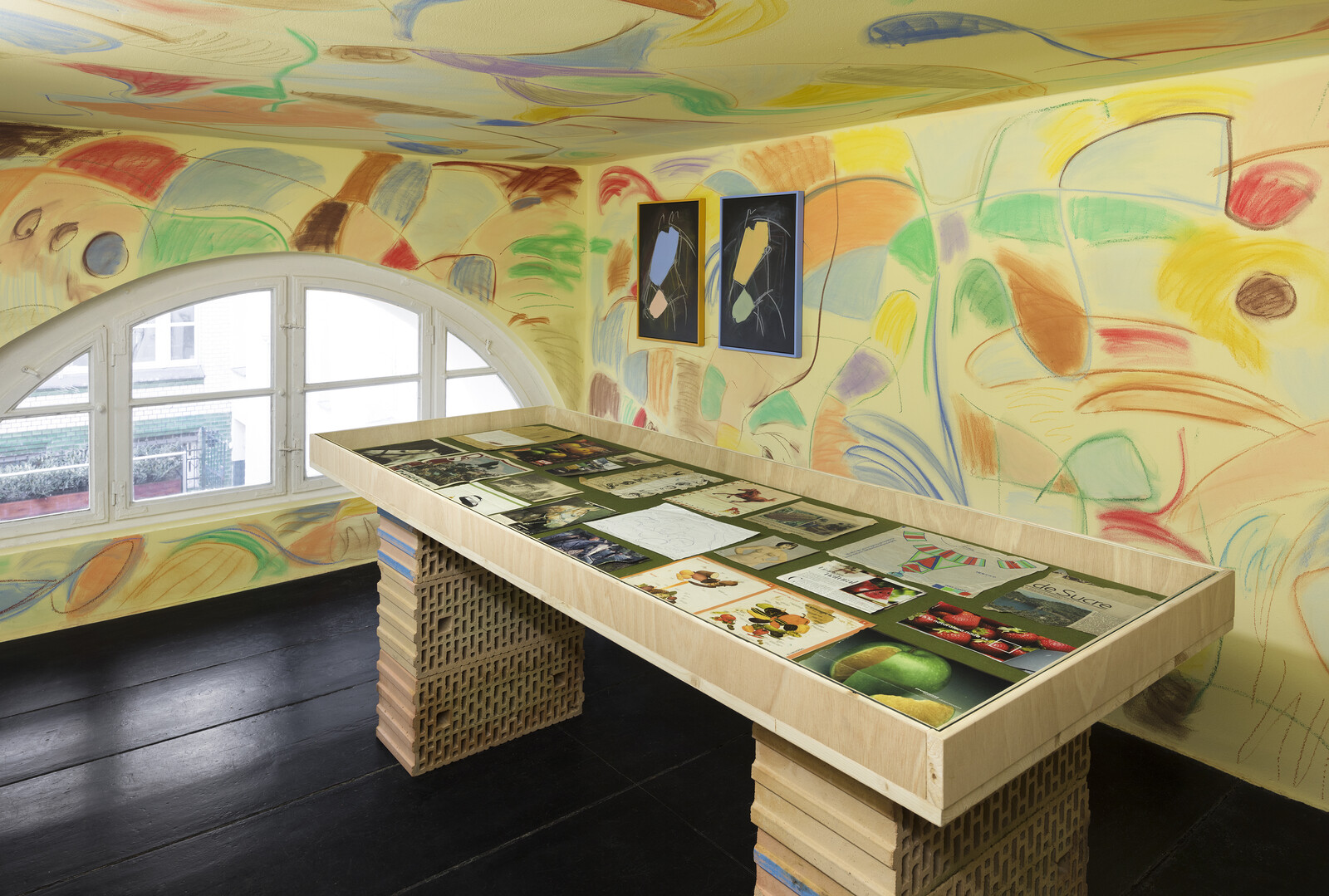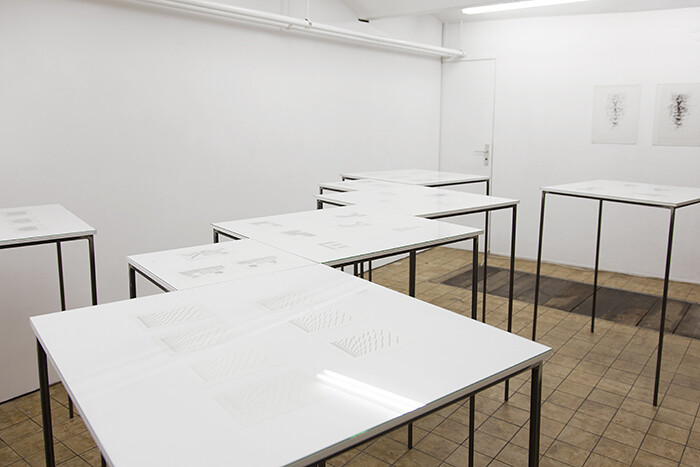Categories
Subjects
Authors
Artists
Venues
Locations
Calendar
Filter
Done
July 10, 2024 – Review
Gabriel Chaile’s “Los jóvenes olvidaron sus canciones o Tierra de Fuego”
Filipa Ramos

Humans became human by representing themselves and others. By painting images on cave walls of animals that mimicked those they chased, early humans produced the imaginaries and traditions that define us as a species. With their drawings, they invented past and future and connected memory to desire, remembrance to anticipation, trauma to anxiety. The images on those walls might be still, but the stories they told were in motion, animated by the light cast by flickering fires. As such, it could be said that the history of cinema predates written history. Cinema emerged from the animals whose images, engraved in their own blood and hair, expressed motion through time and space, and moved their audiences.
This awareness of the archaic nature of cinema, and its relationship to nature, is at the base of Gabriel Chaile’s memorable installation Selva Tucumana [Tucumán Jungle] (2024), which signals an important change in his artistic vocabulary away from the large-scale adobe figures for which he is best known. Born in San Miguel de Tucumán in 1985, the Lisbon-based artist has often sought inspiration in land and kin. His characteristic anthropomorphic sculptures—whose aesthetics echo the precolonial creations of his birthplace—are both private and public. Connected to …
June 14, 2019 – Review
Sol Calero’s “Archivos Olvidados”
Sofia Lemos

For her first exhibition at Berlin gallery ChertLüdde, Sol Calero transformed the typical German altbau into a luminous and colorful family home inspired by the artist’s grandmother’s farmhouse in Los Llanos, Venezuela, a grassland plain south of Caracas, where Calero and her cousins spent the summer months.
In Jesús Martín-Barbero’s seminal study of the role of media in the formation of national cultures in Latin America, social memory emerges as vivid mise-en-scène where popular iconography and labor struggles are ambiguously combined, creating a new social sensibility predicated on access to forms of expression. Experiencing and expressing the world becomes a matter of public fiction, wherein moments of systemic muting and glossing over the collective archive grow deeply entwined with class imaginaries. In this recurring scenario, oral histories, with their warranted omissions and excesses, reclaim an important effort in tracing personal and social routes. For Calero, the turn from personal archive to social space lays the foundation for “Archivos Olvidados” [Forgotten Archives], a thoughtful tribute to the fluidity of memory, childhood anxieties, and the artist’s late grandmother, the painter Luisa Hernandez, lovingly referred to as “Abuli.”
As a widow, Hernandez raised six children, studied fine art in Caracas, and returned to Los Llanos …
February 11, 2015 – Review
“SIGNS FICTION: Ruth Wolf-Rehfeldt” and “HOME ARCHIVES: Paulo Bruscky & Robert Rehfeldt’s Mail Art Exchanges from East Berlin to South America”
Doreen Mende

How can one detach oneself from the contemporary communicative capitalism that legitimizes the perpetual upgrading of governmental surveillance, as recently exemplified by certain state responses to the shootings at the offices of Charlie Hebdo in Paris? A valuable point of entry is the work of artists who lived under extreme conditions of state control, such as those instituted under the one-party socialism of the GDR or the military dictatorship in Brazil during the late Cold War—artists that defied massive national surveillance strategies while risking a systematic exclusion from institutional support. “SIGNS FICTION” and “HOME ARCHIVES,” two exhibitions at Chert, offer a compelling, non-historicizing insight into the capacity of artistic strategies with geo-poetic quality to move below monitoring powers.
Ruth Wolf-Rehfeldt (b. 1932) is one of these artists. Living in the Berlin neighborhood of Pankow (formerly of East Berlin) after World War II, Wolf-Rehfeldt made zincographic prints of visual poetry composed of typographic signs. Her “typewritings” from the early 1970s to the 1980s are presented here in a solo exhibition for the first time in decades. Presented in eight sections, with sets of A5 and A6 prints on tables designed specifically to correspond with the graphic layout of a particular work by …